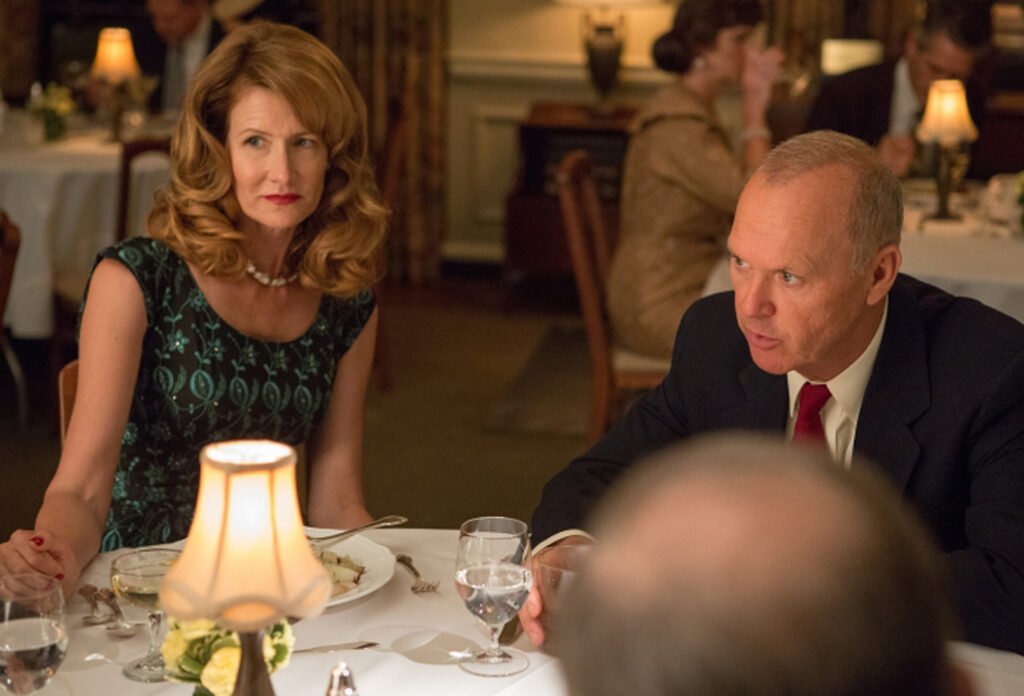Who is Jane Dobbins Green?
Jane Dobbins Green emerged as a prominent figure in environmental advocacy, her journey shaped by a combination of formative experiences, education, and influential mentors. Born in a small town surrounded by nature, she developed an early appreciation for the environment. Her childhood was spent exploring local parks and forests, which instilled in her a deep respect for the natural world.
Following her passion for environmental studies, Jane pursued a degree at a well-regarded university, where she majored in Environmental Science. It was during her time in academia that she encountered pivotal moments that solidified her commitment to green advocacy. Influential professors introduced her to the pressing issues of climate change and biodiversity loss, effectively shaping her worldview. This academic background provided Jane with the necessary tools to navigate the complexities of environmental policy and advocacy.
After completing her education, Jane Dobbins Green joined various environmental organizations, where she quickly gained recognition for her innovative approach to promoting sustainability. Her work often focused on grassroots movements, emphasizing the power of community engagement in tackling environmental challenges. One significant influence on Jane’s advocacy was her mentor, a renowned environmentalist whose dedication inspired her to prioritize not just environmental issues, but also social justice and equity within the green movement.
Her early experiences, combined with her rigorous education and mentorship, fueled Jane’s mission to create a sustainable future. Driven by her passion for the planet, Jane Dobbins Green has worked tirelessly to raise awareness about vital environmental issues, becoming a trailblazer in the field and inspiring countless others to join the fight for a healthier planet. Today, her legacy continues to shape the narrative of environmental advocacy, reflecting the profound impact of her early experiences.
Jane Dobbins Green’s Contributions to Environmental Advocacy
Jane Dobbins Green has played a vital role in the realm of environmental advocacy, leaving an indelible mark on numerous projects and initiatives aimed at addressing pressing ecological issues. Her diverse range of efforts has focused on promoting sustainability, conserving natural resources, and fostering community engagement in environmental stewardship. One notable project led by Green was the “Green Spaces Initiative,” which sought to restore urban environments by enhancing green areas through community-driven efforts. This initiative not only improved local biodiversity but also provided residents with educational resources about the benefits of green spaces.
In addition to her grassroots efforts, Jane Dobbins Green has been actively involved in several organizations dedicated to environmental protection. As a board member of the National Environmental Coalition, she has collaborated with various stakeholders to push for comprehensive policy reforms aimed at combating climate change. Under her leadership, the coalition launched the “Clean Air Campaign,” targeting the reduction of air pollution through advocacy for stricter regulations on emissions. The campaign garnered significant support, resulting in increased awareness and legislative progress in several regions.
Moreover, Green’s innovative approaches to environmental challenges have included the development of educational programs aimed at empowering youth. Recognizing the importance of cultivating the next generation of environmental leaders, she founded the “Eco-Warriors Program,” which engages students in practical conservation activities. The hands-on experience they gain not only fosters a sense of responsibility towards the planet but also demonstrates the tangible impact individual actions can have on the environment.
Through these initiatives and her unwavering dedication to advocacy, Jane Dobbins Green has significantly influenced both local communities and larger ecologies. Her multifaceted contributions to the field underscore the importance of collaborative efforts in achieving sustainable environmental practices, ensuring her legacy as a trailblazer in the movement continues to inspire others.
Challenges Faced by Jane Dobbins Green
Throughout her career, Jane Dobbins Green has confronted numerous challenges that have tested her resilience and commitment to environmental advocacy. One of the most significant obstacles she faced was the resistance from powerful corporations that prioritized profit over sustainable practices. These entities often viewed her campaigns aimed at promoting environmental awareness as a threat to their economic interests. Jane utilized strategic communication to raise public awareness about corporate pollution and other practices detrimental to the environment, which sometimes resulted in hostile pushback from industry leaders.
In addition to corporate resistance, Jane faced considerable challenges from policymakers who were indifferent or outright opposed to environmental issues. During her early years of advocacy, legislative frameworks often lacked the support necessary to enact meaningful change, weakening the impact of her efforts. Jane adeptly navigated political landscapes, building coalitions and forging alliances to amplify her message. Her persistence prompted some lawmakers to reconsider their stance on environmental legislative measures and recognize the value of sustainable policies.

The personal toll of her relentless advocacy was also significant. Jane grappled with long working hours, public scrutiny, and the emotional strain that comes with fighting for a cause that can often seem insurmountable. Despite these pressures, she maintained a steadfast focus on her goals, drawing inspiration from grassroots movements and communities affected by environmental degradation. Her ability to transcend personal vulnerabilities and channel them into motivation has become a defining characteristic of her legacy.
The societal attitudes towards environmental concerns during Jane Dobbins Green’s career presented yet another hurdle. Environmental issues often took a backseat to economic discussions, making it difficult for advocates like Jane to gain traction in the public sphere. Nevertheless, her unwavering commitment and innovative approaches to raising awareness played a pivotal role in reshaping perceptions of environmental advocacy, demonstrating that even amid adversity, one can create meaningful change.
The Future of Environmental Advocacy: Lessons from Jane Dobbins Green
Jane Dobbins Green’s career offers invaluable lessons for contemporary and future environmental advocates as the landscape of environmental challenges continues to evolve. Her pioneering efforts remind us of the power of grassroots movements in driving significant change. The challenges we face today, such as climate change, pollution, and biodiversity loss, require not only innovative policies but also widespread public engagement and action.
One critical lesson from Jane Dobbins Green’s legacy is the importance of community involvement in environmental advocacy. Throughout her career, she demonstrated that local voices and actions can influence national and even global initiatives. Empowering communities to take ownership of their environment enhances awareness and fuels advocacy efforts. Today’s advocates can apply this lesson by fostering community engagement through education and collaboration, ensuring that everyone’s voice is heard in the fight for sustainable practices.
Moreover, Jane Dobbins Green’s commitment to inclusivity serves as a guiding principle for future advocates. The fight for environmental justice must encompass diverse perspectives to address the inequities that disproportionately affect marginalized communities. Advocates are encouraged to broaden their understanding of environmental issues by learning from diverse groups, creating solutions that are equitable and sustainable for all.
As we look to the future, the lessons learned from Jane Dobbins Green work highlight the necessity of adapting strategies to tackle new environmental challenges. The growing urgency of climate action and the emergence of new technologies offer avenues for creative solutions. Embracing collaboration across sectors—public, private, and non-profit—will be crucial in addressing these complexities. As individuals, readers are encouraged to draw inspiration from Jane Dobbins Green’s legacy and consider how they can contribute to a sustainable future, ensuring that the fight for the environment remains a collective effort.
May Be You Also Read
